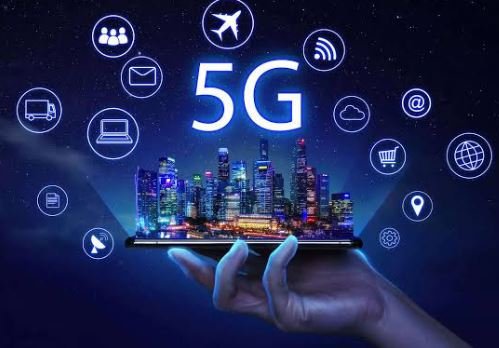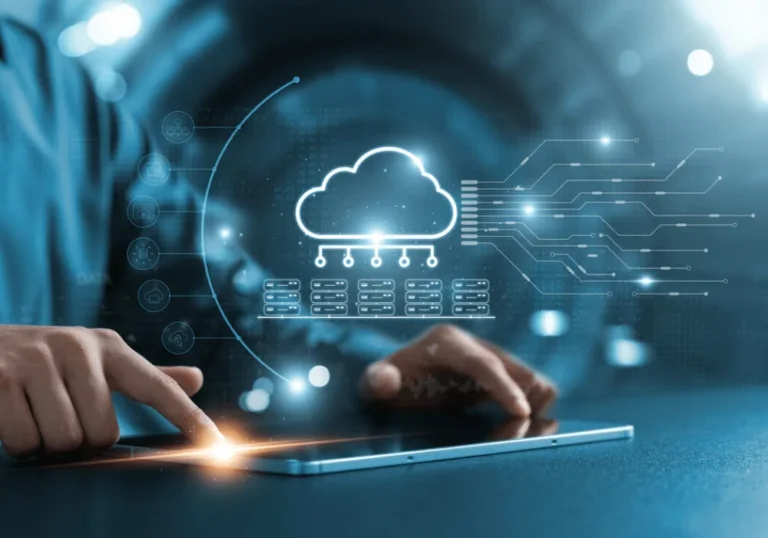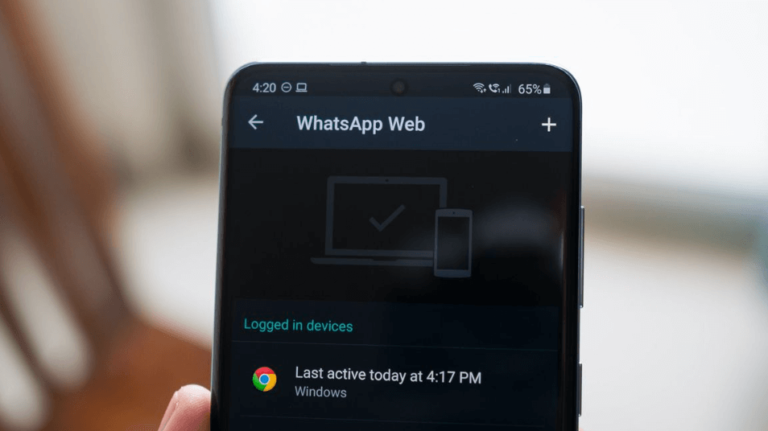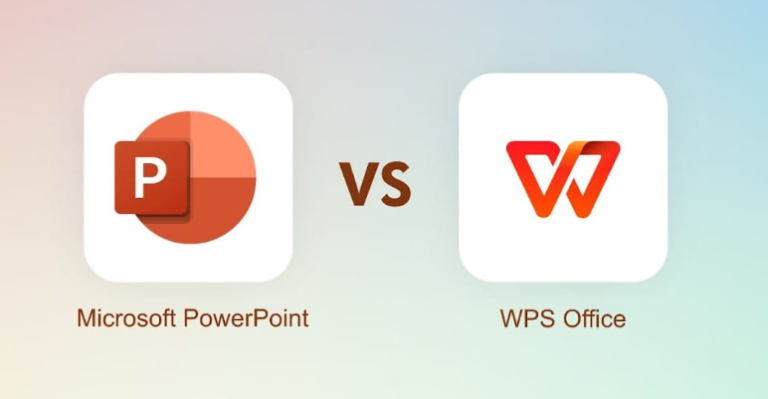5G and the Next Era of Connectivity
The rollout of 5G technology represents a monumental shift in how we connect to the world, both as individuals and as societies. It promises to take the digital age to new heights, offering faster speeds, lower latency, and unprecedented capacity. But beyond the initial excitement over blazing-fast download speeds, 5G is set to revolutionize a variety of industries, from healthcare to transportation, and unlock new possibilities for smart cities and the Internet of Things (IoT). This article explores the potential of 5G and how it will shape the future of connectivity.
1. The Power of Speed and Latency
At the core of 5G is its ability to deliver significantly faster download and upload speeds compared to its predecessors. With speeds up to 100 times faster than 4G, 5G enables near-instantaneous transmission of data. This is not just about downloading movies or playing games with minimal lag; it extends to critical sectors that rely on real-time data.
One of the most significant impacts will be on latency—the time it takes for data to travel from one point to another. With 5G, latency can drop as low as 1 millisecond, compared to the 30 to 50 milliseconds typical of 4G. This reduction will have profound implications for industries like autonomous vehicles, where real-time communication between cars and infrastructure is vital for safety and efficiency.
See also: The Rise of Autonomous Vehicles: Transforming the Future of Transportation
2. Empowering the Internet of Things (IoT)
The proliferation of connected devices has already begun to change how we live and work, but 5G will accelerate the IoT revolution. IoT refers to the network of everyday objects—such as appliances, wearables, and industrial machinery—that can connect and communicate with each other over the internet.
5G’s increased capacity and lower latency mean that millions of devices can connect simultaneously without compromising performance. This is crucial for the growth of smart cities, where sensors embedded in infrastructure can monitor traffic, air quality, energy consumption, and more, creating environments that are more efficient, sustainable, and responsive to the needs of their inhabitants.
For businesses, the ability to connect a vast array of devices in real time opens up possibilities for smarter factories, automated warehouses, and more efficient supply chains.
3. Transforming Healthcare
One of the most exciting aspects of 5G is its potential to transform healthcare. With the power of ultra-fast connectivity, telemedicine will become more accessible, enabling healthcare professionals to provide remote consultations and diagnosis with near-instantaneous transmission of medical images and data.
In critical care settings, 5G could also enable remote surgeries performed by robots controlled in real-time by surgeons located thousands of miles away. This would significantly improve access to specialized care, particularly in underserved regions. Additionally, wearable health devices powered by 5G will allow for continuous monitoring of patient vitals, leading to more personalized and proactive treatments.
4. The Impact on Autonomous Vehicles
Autonomous vehicles (AVs) are one of the most anticipated applications of 5G technology. The need for real-time communication between vehicles, infrastructure, and the cloud is paramount for AVs to operate safely and efficiently. 5G’s low latency and high bandwidth make it possible for these vehicles to exchange information in real-time, helping them to make quicker decisions, respond to road conditions, and avoid accidents.
For instance, 5G will allow vehicles to communicate with each other to avoid collisions, share traffic data, or even coordinate platooning for fuel efficiency. Beyond cars, 5G will also impact other forms of transportation, such as drones and smart public transit systems, enhancing their automation and efficiency.
5. The Rise of Smart Cities
As the world’s urban population continues to grow, cities will increasingly rely on technology to address challenges such as congestion, pollution, and the need for efficient public services. 5G will be a key enabler in the creation of smart cities, where connectivity underpins every aspect of urban life.
In smart cities, 5G will support vast networks of connected devices that monitor everything from streetlights to waste management systems. Sensors will enable more responsive infrastructure, while data analytics will inform better decision-making on urban planning and public safety. The ability to process large amounts of data in real-time will make cities more efficient, livable, and sustainable.
6. Challenges and Concerns
While the benefits of 5G are clear, its deployment comes with challenges. One of the biggest hurdles is the infrastructure required to support 5G. Unlike 4G, which uses large cell towers, 5G requires a denser network of smaller antennas and base stations, often located closer to consumers. This creates logistical challenges in terms of installation and maintenance, especially in rural or remote areas.
Another concern is related to privacy and security. As more devices become interconnected through 5G, the potential attack surface for cybercriminals increases. Securing these networks and ensuring user data is protected will be crucial as 5G becomes more prevalent.
7. Conclusion
5G is much more than just a faster version of wireless technology; it is a catalyst for the next era of connectivity. By enabling faster speeds, lower latency, and greater capacity, 5G is set to transform industries, enhance the quality of life, and enable innovative new technologies that were previously unimaginable.
As 5G networks continue to expand, the possibilities are endless. From autonomous vehicles to smarter healthcare and more efficient cities, the next era of connectivity will change how we live, work, and interact with the world around us. However, to fully realize the potential of 5G, challenges in infrastructure, security, and regulation must be addressed. As we move forward into the future, 5G will be at the heart of a truly connected world.






